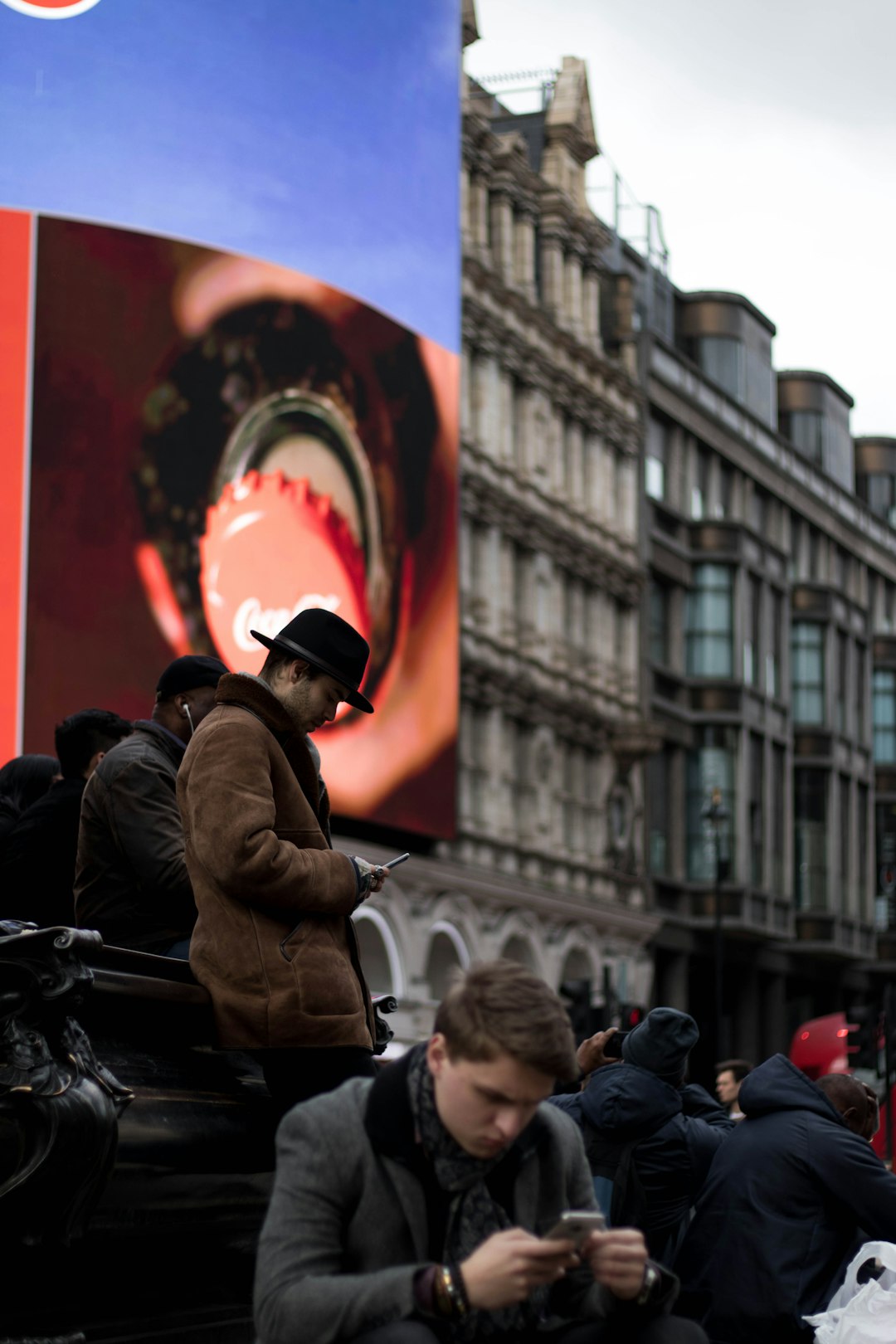Comparing CPC and CPM: Maximizing Facebook Ad Performance

When it comes to advertising on Facebook, there are two main pricing models to choose from: cost per click (CPC) and cost per impression (CPM). Both have their own advantages and disadvantages, and it can be challenging to determine which one is best for your business.
In this article, we’ll compare CPC and CPM and discuss how you can use each one to maximize the performance of your Facebook ads.
Understanding CPC and CPM
Before we dive into the differences between CPC and CPM, let’s define each term.
Cost Per Click (CPC)
by Etienne Girardet (https://unsplash.com/@etiennegirardet)
CPC is a pricing model where advertisers pay for each click on their ad. This means that you only pay when someone clicks on your ad, regardless of how many times it is shown to users.
Cost Per Impression (CPM)
CPM is a pricing model where advertisers pay for every 1,000 ad impressions. An impression is counted each time your ad is shown to a user, regardless of whether they interact with it or not.
Advantages of CPC
More Control Over Ad Spend
One of the main advantages of using CPC is that you have more control over your ad spend. Since you only pay when someone clicks on your ad, you can set a budget and be confident that you won’t exceed it.
This is especially useful for businesses with a limited budget, as it allows them to maximize their ad spend and only pay for the clicks they receive.
Better for Direct Response Advertising
CPC is often the preferred pricing model for direct response advertising, where the goal is to get users to take a specific action, such as making a purchase or filling out a form.
Since you only pay for clicks, CPC can be a more cost-effective option for driving conversions and achieving a specific ROI.
Advantages of CPM
Lower Cost Per Impression
by Levi Grossbaum (https://unsplash.com/@lg_photography)
One of the main advantages of using CPM is that it typically has a lower cost per impression compared to CPC. This means that you can reach a larger audience for a lower cost, making it a great option for businesses looking to increase brand awareness.
Better for Brand Awareness
CPM is often the preferred pricing model for brand awareness campaigns, where the goal is to get your brand in front of as many people as possible. Since you pay for every 1,000 impressions, CPM can be a more cost-effective option for reaching a large audience.
How to Choose Between CPC and CPM
When deciding between CPC and CPM, it’s important to consider your advertising goals and budget. Here are some factors to consider when choosing between the two pricing models.
Advertising Goals
If your goal is to drive conversions and achieve a specific ROI, then CPC may be the better option for you. However, if your goal is to increase brand awareness and reach a larger audience, then CPM may be the better choice.
Budget
If you have a limited budget, then CPC may be the better option for you. Since you only pay for clicks, you can set a budget and be confident that you won’t exceed it.
However, if you have a larger budget and want to reach a larger audience, then CPM may be the better option for you. With CPM, you can reach a larger audience for a lower cost, making it a great option for businesses looking to increase brand awareness.
Maximizing Facebook Ad Performance with CPC and CPM
Now that you understand the differences between CPC and CPM, let’s discuss how you can use each one to maximize the performance of your Facebook ads.
Using CPC for Direct Response Advertising
If your goal is to drive conversions and achieve a specific ROI, then CPC is the best option for you. Here are some tips for using CPC to maximize your Facebook ad performance:
1. Use Eye-Catching Images
by USGS (https://unsplash.com/@usgs)
Images are the first thing that users see when scrolling through their Facebook feed, so it’s important to use eye-catching images that will grab their attention. Use high-quality images that are relevant to your ad and will entice users to click.
2. Write Compelling Ad Copy
In addition to eye-catching images, your ad copy should also be compelling and persuasive. Use clear and concise language to explain the benefits of your product or service and why users should click on your ad.
3. Target the Right Audience
Targeting the right audience is crucial for the success of your Facebook ads. Use Facebook’s targeting options to reach users who are most likely to be interested in your product or service.
Using CPM for Brand Awareness
If your goal is to increase brand awareness and reach a larger audience, then CPM is the best option for you. Here are some tips for using CPM to maximize your Facebook ad performance:
1. Use Engaging Ad Formats
by Zoe Holling (https://unsplash.com/@zoeholling)
Facebook offers a variety of ad formats, including video, carousel, and canvas ads. Use engaging ad formats to capture users’ attention and keep them interested in your ad.
2. Create a Strong Call to Action
A strong call to action (CTA) is essential for driving conversions and achieving your advertising goals. Use clear and compelling CTAs to encourage users to take action, such as “Shop Now” or “Learn More”.
3. Test Different Ad Creatives
To find the most effective ad creative for your target audience, it’s important to test different variations. This could include testing different images, ad copy, and CTAs to see which combination performs best.
Conclusion
When it comes to advertising on Facebook, both CPC and CPM have their own advantages and can be used to achieve different advertising goals. By understanding the differences between the two pricing models and using them strategically, you can maximize the performance of your Facebook ads and achieve your advertising goals.




